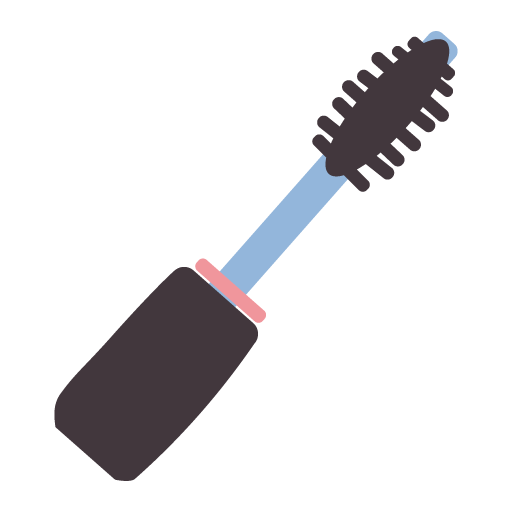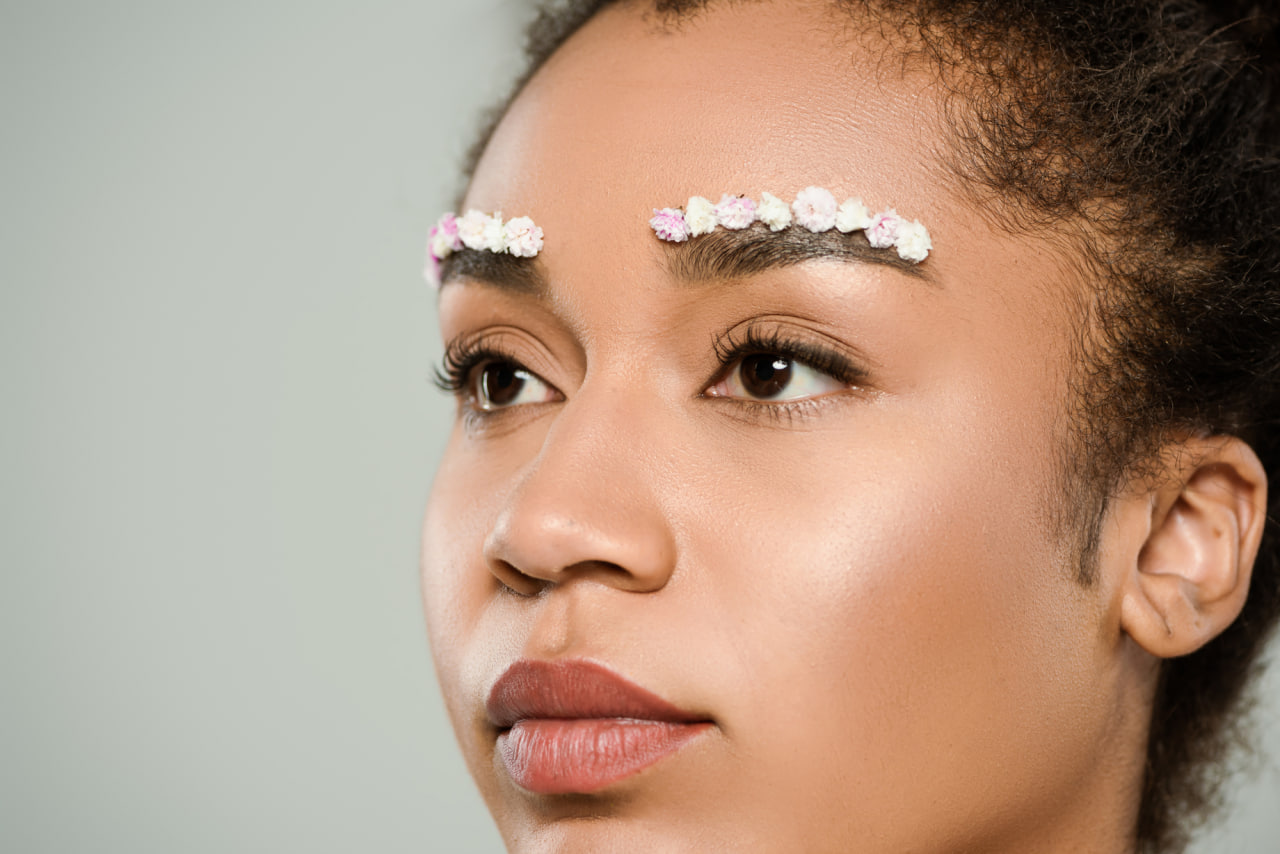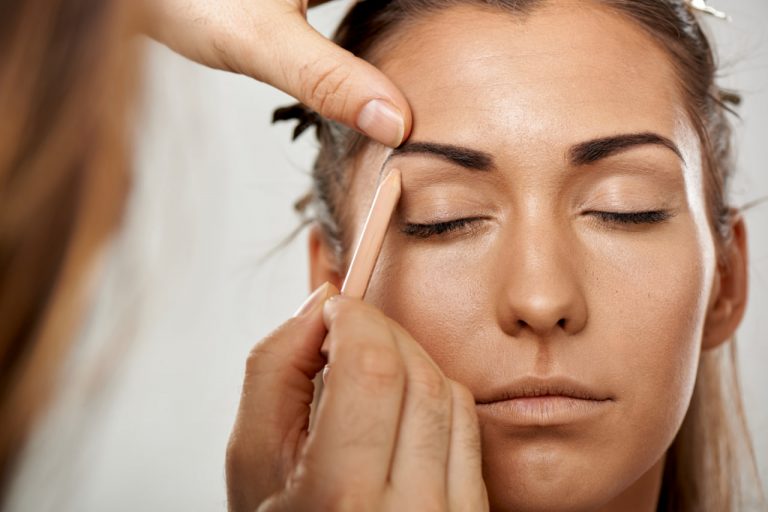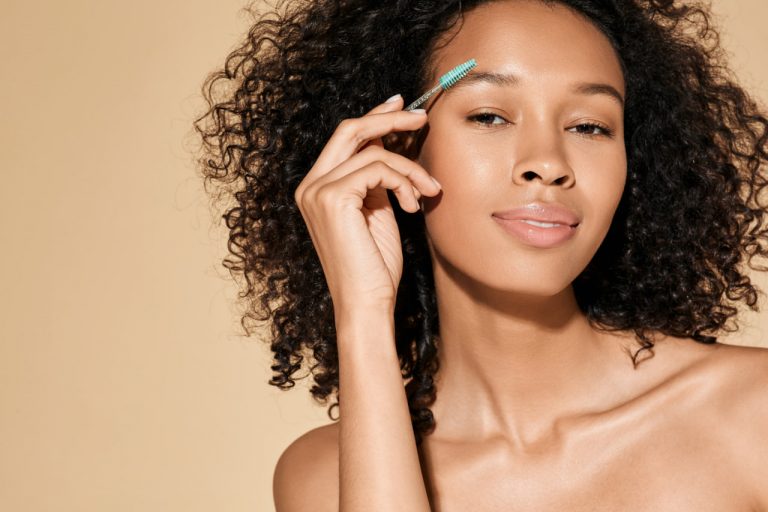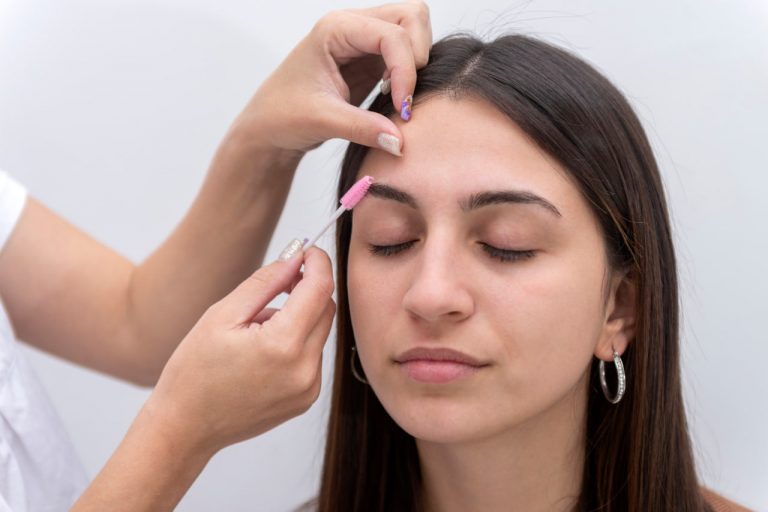Eyebrows are one of the most defining features of the face, and well-designed brows can enhance a person’s appearance significantly. As a brow artist, your goal is to create shapes that complement each client’s unique features, but even experienced professionals can sometimes fall into common pitfalls. Recognizing these typical mistakes and knowing how to avoid them is crucial for delivering consistently beautiful, natural-looking results. This blog covers the most frequent brow design errors and provides practical advice to help you perfect your craft.
One of the most common mistakes in brow design is neglecting to properly assess the client’s natural brow shape and facial structure before starting. Every face has different proportions, bone structure, and hair growth patterns that influence what brow shape will look best. Ignoring these factors can result in brows that look unnatural or unbalanced. To avoid this, always take the time to analyze the client’s face carefully. Use tools like brow mapping to determine the ideal starting point, arch, and tail length, ensuring symmetry and harmony with their features.
Over-plucking or over-waxing is another frequent error that can have long-lasting negative effects. Removing too much hair in one session or creating overly thin brows can leave clients with sparse or patchy brows that are difficult to fix. To prevent this, adopt a conservative approach by removing only the hairs that fall clearly outside the mapped shape. Encourage clients to grow their brows out between appointments if they have been over-plucked, and offer tinting or microblading as options to enhance fullness without further hair removal.
Creating brows that are too thick or too thin for the client’s face is a styling mistake that can disrupt facial balance. Thick, heavy brows may overpower delicate features, while overly thin brows can make the face appear harsh or aged. Understanding current trends is helpful, but always prioritize what suits the individual client. Customization is key. Discuss the client’s preferences while guiding them toward a shape and thickness that complements their natural look and lifestyle.
Uneven or asymmetrical brows are a challenge that even seasoned brow artists encounter. Because human faces are naturally asymmetrical, perfect mirror-image brows are rarely achievable. However, significant differences in height, length, or arch shape can be distracting. To minimize asymmetry, use precise measurements and mapping techniques. Constantly check your work from different angles and lighting, and make subtle adjustments to create the most balanced appearance possible. Communication with the client during the process helps ensure their satisfaction and confidence.
Neglecting the importance of hair direction and growth patterns can result in brows that feel unnatural or uncomfortable. Brows have natural hair flow that contributes to their texture and shape. Removing hairs against their growth or cutting them too short can create a rough appearance. Always brush the hairs in their natural direction before trimming, and respect their flow when shaping. This attention to detail helps maintain a soft, realistic look.
Using the wrong color or pigment for tinting or microblading can also detract from the overall effect. Choosing shades that are too dark, too warm, or mismatched to the client’s hair and skin tone can look artificial or harsh. To avoid this, perform a thorough color consultation, considering undertones and natural hair color. Test pigments on a small area when microblading, and select dyes carefully for tinting. A well-chosen color enhances the brows’ appearance while maintaining a natural finish.
Poor aftercare advice is an often overlooked aspect of brow design that can impact results. Clients who do not follow proper aftercare instructions risk irritation, infection, or premature fading of tint or pigment. Make sure to provide clear, written aftercare guidelines, emphasizing the importance of avoiding excessive moisture, sun exposure, and harsh products. Encourage clients to ask questions and offer follow-up appointments to monitor healing and touch-ups.
Lastly, rushing the brow design process can lead to mistakes and dissatisfaction. Brow shaping requires patience and precision, from the initial consultation to the finishing touches. Allocate enough time for each appointment and avoid cutting corners. This thorough approach not only ensures quality results but also builds client trust and loyalty.
